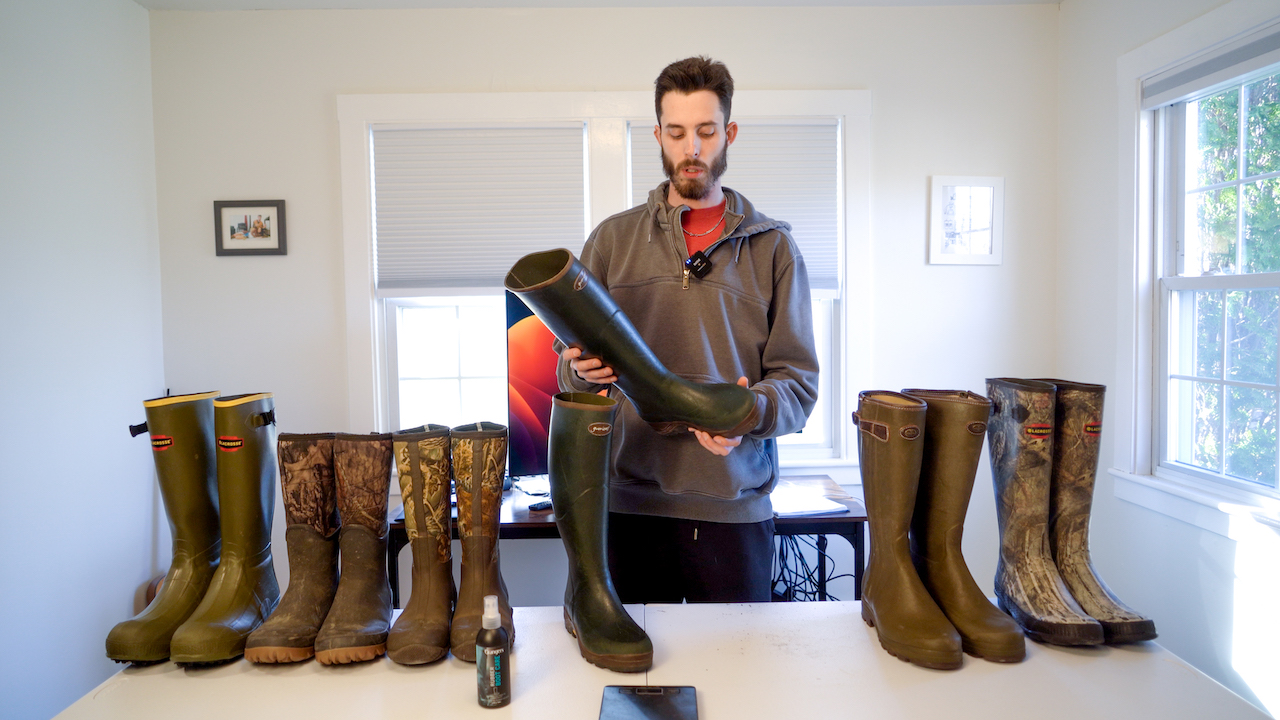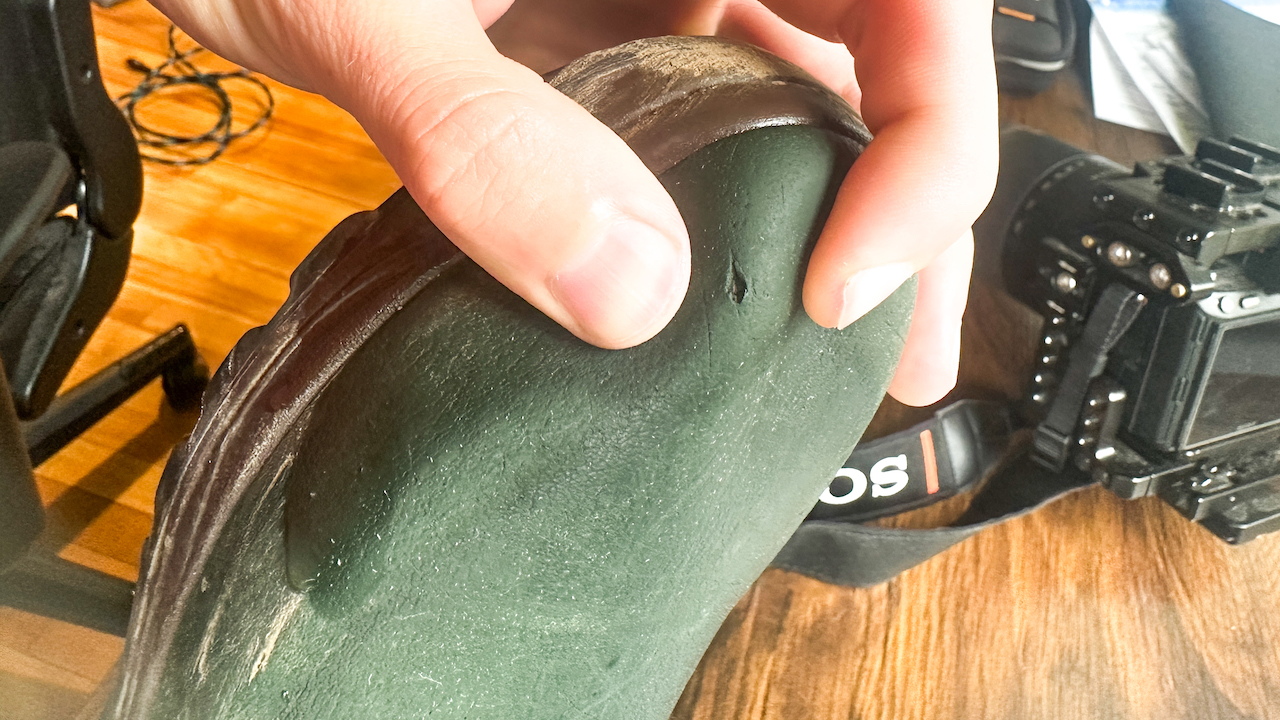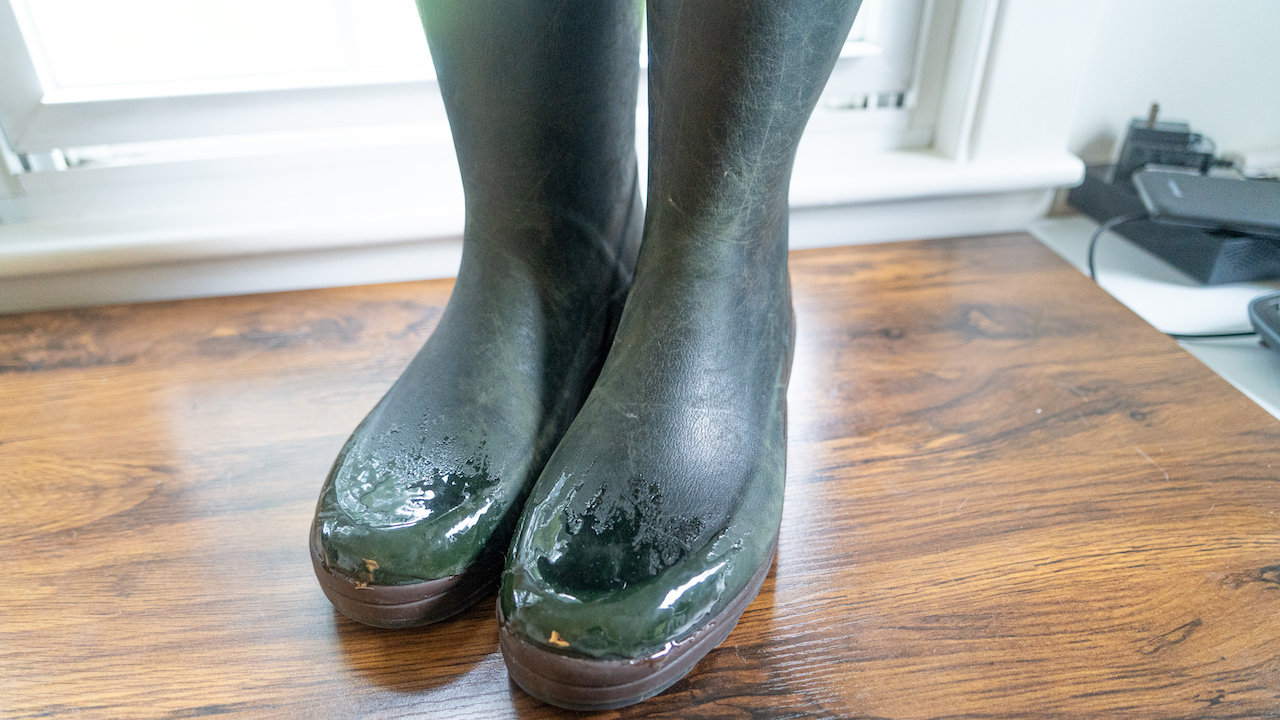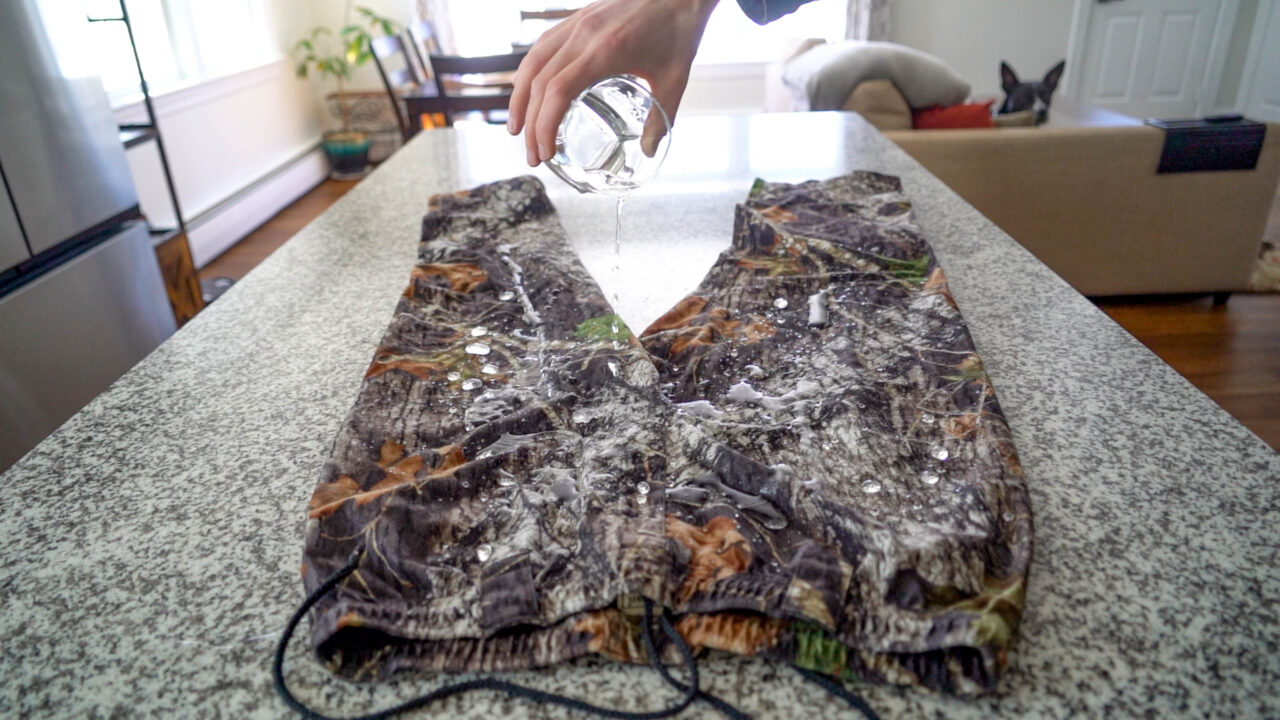This GumLeaf Field Welly review is based on the rigorous use of these boots in the last year while I used them for my job as a wetland surveyor and throughout the hunting season. Because I’m often swimming through thick brush and thorns my job was an excellent way to see what these boots are made of. Comfort, fit, sole quality, durability, longevity, and more topics are covered in this review.
The Field Welly Boots are not the only type of boot Gumleaf makes. They have more options to choose from on their website. I chose to buy the Field Welly’s because they are the lightest and simplest boots in the GumLeaf lineup. After using them almost daily over the last 365 days, here are my thoughts on these boots.
*I first wrote this article after wearing these boots for a few months and said I would update it once I had worn them for a full year. This post has now been updated to reflect my experience after using these boots for a full year.*
I bought these boots with my own money for this review and am not sponsored by GumLeaf.
This post contains Amazon and other affiliate links, which means I’ll receive a commission if you purchase through my link, at no extra cost to you. Of course, you are not obligated to use my links, but it does help fund these posts in hopes of bringing more value to you!
Table of Contents
Why Are GumLeaf Boots Special?
The Gumleaf boots claim to fame is that they’re handcrafted boots made out of 85% real rubber, which is a high amount of rubber compared to other rubber boots on the market.
The benefit of having more rubber content in the boots is that they last longer before they start to crack. Almost all boots on the market use clay and plastic filler in their rubber which makes them crack.
Gumleaf states that these boots if cared for properly, should last 10+ years. It’s been stated that sole will often wear out before the rubber cracks, which is impressive, if true.
However, I’ve only owned these boots for a year so in my experience that remains to be seen, although I am hopeful it’s true. If this is true, then these boots, although expensive, will pay for themselves and cost less in the long run. You’ll make your money back because you’re not buying cheap rubber boots with low rubber content every year or two.
GumLeaf Field Welly Review – 1 Year Later
I did a video review on 8 different rubber boots, and the GumLeaf Field Welly’s were one of the boots. This video was also created after I used the boots for 1-year and summarizes what you’ll find in this article. The video is linked to the GumLeaf part of the video so you’ll jump right to it:
Field Welly Price
These boots are 285$, 2-3x more expensive than most rubber boots on the market that have more plastic/clay filler. However, because of the longer life of these boots, the idea is that they end up being cheaper in the long run. I bought the GumLeaf Field Welly boots because I was tired of my other boots cracking after 2-3 years but mostly because I wanted a tall, lightweight, completely rubber boot that had good traction and a good sole that would last.
Field Welly Height
I bought the size EU43, which is approximately a size 11 US. These boots are 17.5 inches tall. I believe there is a slight variation depending on your boot size.
Field Welly Weight
As I mentioned above, I own the EU43 size, which is approximately a size 11 US. At 17.5 inches tall they weigh 2 lbs 6.7 oz per boot, 1086g, or 2.39 lbs. This is competitively lightweight for a tall full-rubber boot.

Comfort
I’ve tested many rubber boots and I can confidently say that the Field Wellys are one of the most comfortable if not the most comfortable rubber boots I’ve ever worn that are full-rubber and this tall. What makes them most comfortable is their outsole which we will dive into later in this post.

Fit
When ordering your boot size it will be in EU instead of US measurements because these boots are made in the EU. The conversion from EU to US is close but isn’t perfect so be sure to get boots that fit perfectly.
The first pair I bought almost fit but I ended up returning them to get a smaller pair to see if they would be better or worse. They ended up being perfect. It is important to get a perfect fit with these boots so the heel isn’t loose in the heel pocket which would cause blistering.

Sole Quality
After a year of wearing these boots, my favorite aspect is that they are fitted with a soft and flexible Vibram sole. This gives these boots great traction compared to my long-time favorite rubber boot, the LaCrosee Grange. Additionally, the flexible sole still allows you to feel the environment underfoot which is important for being stealthy when hunting.

At first, I was worried that the sole of this boot was going to be too tall causing a high center of gravity, which would lead to ankle rolling. I was happy to find out that I liked these soles much more than I thought. My foot sits far enough down where my foot’s center of gravity is not a problem and I do not get the feeling that I will roll my ankle when side-hilling.

Durability
When you put your hands on these boots for the first time you can tell right away they are made out of a higher content of rubber. The rubber is more supple and soft compared to cheaper boots with higher plastic/clay content.
Over the last year conducting wetlands work for my job, I’ve been able to test these boots through the dense prickly bushes and shrubs.
I found that these boots overall did pretty well, but not perfect. Thorns are a weakness for the softer more supple rubber. Thorns do make their way into the rubber and even drag through the rubber, creating non-leaking cuts.
I also ended up with a hole in the back of my boot about halfway up that I will need to patch.

There are some scuff marks from branches and bushes around the toe and ankle of the boot but I would expect this and is not concerning at this point. So it’s just the thorns that give these boots problems.

Overall, these boots are fairly durable, more durable than neoprene for sure. I would have been more impressed if the thorns had not cut into the boots.
In my experience, low-content rubber boots are more slippery and harder to puncture because they are more plastic and thus more durable. Thorns also don’t drag through the plastic rubber as easily, they’ll just slide off or break off instead.
Longevity
The rubber is still holding up well and has not cracked, I expect the rubber to last a lot longer based on the claims. However, I’m not sure it will matter if the boots keep getting cut up because I will need to replace them anyway. At the rate of being cut, I can see them lasting 1 or 2 more years. I guess it depends on how much AquaSeal I’m willing to use before I want to replace them. I’m hoping to keep updating this post through the life of these boots so people know how long they will last.
Keep in mind that I am using these boots every day for work and I am walking 5-10 miles per day through some of the toughest bushes and thorns. I will say When I know I’ll be working in bad thorn country I have opted to wear my Grange’s to maintain the longevity of the Field Welly’s and reduce the patching.
That said, most people will not be abusing their boots to the same degree. If I get 2 years out of them I would expect someone who uses them just on weekends and who will generally be avoiding nasty thorn bushes will last them longer. Just be careful of barbed wire!
Care & Suggestions
After getting the cuts on my boots I wanted to take measures to prevent the cuts from getting worse and leaking so I reached out to the owner at GumLeaf for suggestions. He recommended using AqualSeal FD so I bought some. Instead of just covering the cuts, I covered the entire toe of the boot.

For me, the toe area takes a lot of abuse so I figured I’d give it extra protection. After the application, I was impressed with how it came out. I would even recommend putting some on a brand-new pair for protection. It looks a little ugly but that doesn’t bother me.
I may even put some around the ankle where wear tends to also occur. After a full year, the AquaSeal is holding up pretty well, it is starting to chip a little bit around the edges but nothing to be concerned about. I may do another application before this wetland field season.
Granger’s Rubber Boot Care
It is also suggested by GumLeaf to treat the high-content rubber boots with rubber boot oil called Granger’s Rubber Boot Care a few times per year to maintain the health of the rubber. This prevents the rubber from drying out and cracking in the long run. I have been doing this periodically and so far the rubber looks good.
Review Conclusion
As of right now, the Gumleaf Field Wellys are my favorite rubber boots. For me, a tall lightweight rubber boot with good traction and good sole comfort is what I am looking for. The extra comfort and traction I get from these boots compared to the LaCrosse Grange’s that I normally wear is worth the decrease in durability and increase in price.
I’ve tried a lot of rubber boots as you’ll see in my blog post Best Rubber Hunting Boots or the YouTube video above. Nothing quite checks all of the boxes like the Field Wellys do.
I hope that with my addition of the AqualSeal FD, these boots will last me a minimum of 5 years. My reason for this is that my second favorite pair of rubber boots are the Lacrosse Grange boots. They last me 2 years on average for 100-120$. So, after 5 years the Field Wellys will have paid for themselves.
Even if they don’t last me as long and I end up paying a bit more I’m not going to be too disappointed. I’m willing to pay to replace these boots every two years just to have the comfort and traction of the Vibram sole.
10% Off Coupon Code
I’ve liked these boots so much that I reached out to GumLeaf USA to see if I could get a discount for my viewers. If you enter coupon code “JTOTen” at checkout you’ll receive 10% off these boots.
Thanks for reading, hopefully, you found this GumLeaf Field Welly Review helpful.
Questions & Community
If you have more questions about GumLeaf boots or questions in general you can ask them on Facebook. You may also find answers to your questions on my YouTube Channel.






